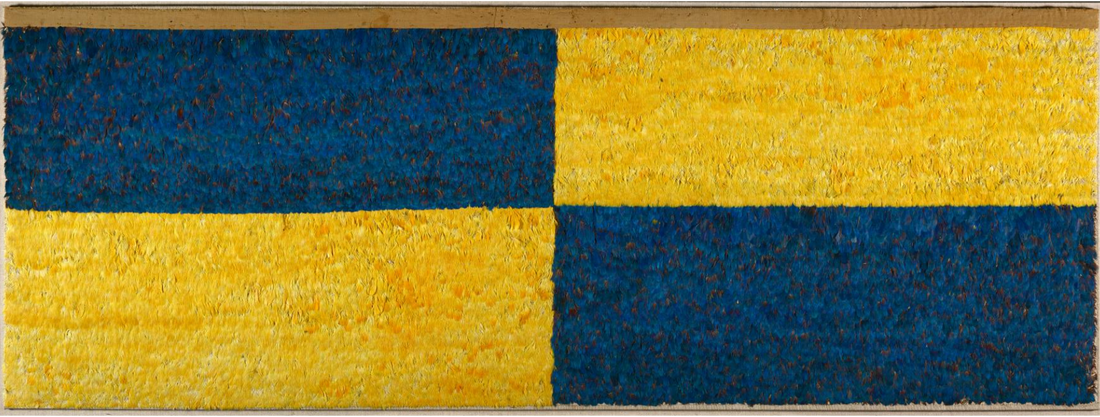
ANCIENT ANDEAN TEXTILES
Image: Feathered panel, Peru, circa 600-900, Far South Coast, Pampa Ocoña, 7th-10th century, Andrew R. and Martha Holden Jennings Fund. Image courtesy of The Cleveland Museum of Art
The Cleveland Museum of Arts' new exhibition, Ancient Andean Textiles, showcases textiles from their permanent collection representing several different civilizations that flourished in the ancient Andes, today Peru and parts of adjacent countries. Though unrelated by cultural affiliation, they are unified by being special in some way, whether through rarity, complexity of execution or luxuriousness of materials. Image: Textile fragment, circa 50-650, Peru, Moche, north coast, 1st-7th century, Cotton and camelid fibre, John L. Severance Fund. Image courtesy of The Cleveland Museum of Art
Image: Textile fragment, circa 50-650, Peru, Moche, north coast, 1st-7th century, Cotton and camelid fibre, John L. Severance Fund. Image courtesy of The Cleveland Museum of Art
The centerpiece of the display is a unique cloth that experts regard as one of the greatest paintings to survive from South American antiquity. One of the museum’s masterpieces, it was created by an artist of the Nasca culture (100 BC–AD 650) and depicts a procession of figures who may represent humans dressed in the guises of supernatural beings thought to control nature’s fertility.

Image: Band (headband?), Central Andes, Moche-Wari Style, mid-7th to mid-9th century, circa 650-850, ,Camelid fibre (alpaca; weft) and cotton (warp); tapestry weave, Purchase from the J. H. Wade Fund. Image courtesy of The Cleveland Museum of Art
Other textiles in the installation include a panel covered in the radiant feathers of the blue-and-yellow macaw, made by artists of the Wari Empire (600–1000) and several fragments that are rare survivors of catastrophic rains that destroyed much of the Moche culture’s (AD 200–850) textile legacy.
Ancient Andean Textiles is on at The Cleveland Museum of Art now until 4 December 2022.
